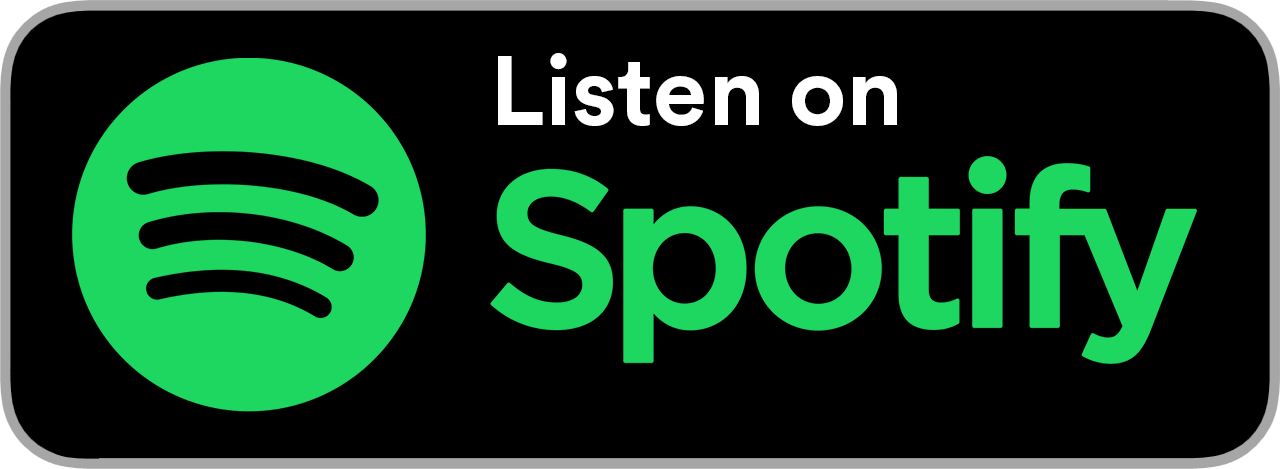HIGHLIGHT:
In this podcast episode, Maeve interviews Carol Loftus, of the Sustainable Energy Community in Mulranny, Mayo. The discussion highlights the journey of Mulranny from a fading tourist spot to a thriving model of community-driven sustainable development. Carol outlines how projects emerged, how local people were mobilised, how outside expertise and funding were drawn in, and how sustainability has been woven into tourism, energy, and heritage initiatives.
The resources and templates are available through the climateconnected.ie site HERE, offering a powerful and replicable blueprint for other communities across Ireland and beyond.
Use what's in your community to develop it sustainably
Summary (1100 words – a 4-minute read):
Origins of the Mulranny Projects “Day of the Dots,”
In 2008 when Mayo County Council introduced the Community Futures programme. This process required each household in Mulranny to answer four questions: what they liked about the village, disliked, what they wanted for its future, and what priority projects should be undertaken. The answers were showcased during a community “Day of the Dots,” where locals placed stickers on the ideas they valued most.
From this grassroots exercise, Mulranny developed its first Community Futures Plan, out of which some new groups were born, and established groups gained extra volunteers: tourism, environment, tidy towns, heritage, and more.
Every household was asked, everyone had a chance to vote, and people signed up for groups they cared about. This transparent, democratic method generated wide buy-in and ensured projects reflected local priorities.
This technique is discussed in detail in our Foresight or ‘futures’ exercise in the Committee Planning and dialogue toolbox – all our tools (there are more than forty) were brought together by successful sustainability groups such as Mulranny.
Using Local Assets Creatively
- Stone Walls: Instead of seeing their decaying stone walls as a liability, Mulranny saw them as heritage assets and launched a Stonewall Festival. Thirty participants at a time learn dry-stone walling, guided by experts, while also socialising with locals.
- Greenway: The Great Western Greenway, Ireland’s first, passes through Mulranny. It was based on the disused local train track, but it became a huge tourist draw, encouraging accommodation, cafés, and village services.
- Tourist Office: A derelict council building was turned into a community-run tourist office with volunteer labour and LEADER funding. This was later transformed into a green hub, featuring solar PV, water refill stations, battery recycling, and free e-bike charging. It even introduced Ireland’s first community e-bike scheme.
Start with local strengths, heritage, or landscapes and reimagine them as community assets that also attract visitors.
Funding and Financial Challenges
Funding has always been a hurdle. Carol describes the footpath and promenade project as very important. Mulranny got €3 million from Transport Infrastructure Ireland to make the village safer and more attractive. They could do this because the community had a clear plan and a “village design statement” outside experts.
For other projects, they looked at:
- LEADER funding for renovating the tourist office and for energy projects.
- SEAI grants for solar panels and community energy.
- Grants (often need 10–25% community match funding).
- Volunteer labour from tradespeople, which drastically reduced costs.
- Social enterprise income from initiatives like Gift of Hands, a group of women who recycle cloth into unique products and donate proceeds to environmental projects.
While fundraising events do happen, try not to have too many. Locals can’t keep helping with constant raffles or ticket sales.
Money is a hurdle, but sticking with it pays off. Sometimes projects take years (the village playground took eight years to deliver), but sticking with priorities brings results in the end.
Communication and Collaboration
There should be clear communication and working across groups:
- Community Consultation: The “Day of the Dots” method gave everyone a voice and created transparency in decision-making. Plans are often reviewed using a “traffic light” system (green = achieved, orange = in progress, red = stalled).
- Umbrella Structure: Mulranny Community Futures acts as a coordinating umbrella. Each local group (tidy towns, heritage, goat society, etc.) has a representative on the steering committee. This avoids double jobbing, encourages sharing skills, and makes funding applications stronger by showing it involves everyone.
- Partnerships with outside groups: Carol says welcoming outside expertise is important. They have worked with universities (TCD, University of Galway, TU Dublin), the Dry Stone Wall Association. Interest often comes naturally once a community starts visible, innovative work.
- Celebration and Connection: Whether at festivals, gala dinners, or pub nights with volunteers, Mulranny makes social bonding part of its projects.
Make it fun, make it sociable, and always share progress.
Bringing People on Board
- Bring Everyone In: Everyone has something to offer, no matter how small. Carol herself describes starting as “just an ordinary housewife” who wanted to help. You don’t need expertise before joining a group.
- Doing Small Things Matters: Begin with one small job or go to one meeting and see how things go from there.
- Social Benefits: Beyond environmental and economic gains, community projects reduce loneliness.
- Be patient and stick with it: Community change is slow, often taking many years to make happen. Be realistic about how quickly things will happen, but keep working no matter what.
- Work Together with other groups: For example, only locals can use their community e-bikes – they don’t want to compete with private bike hire businesses.
The basic idea is that being an active citizen makes the volunteer richer as much as it does the community: people make friends, feel needed, and see real benefits.
Sustainability and Heritage as a Tourism Idea
- Old Irish Goat Centre: Protects a native breed only found in Mulranny, now with rare-breed status. Goats are used for fire prevention and controlling plants. This shows a new natural way of making climate change solutions.
- Machair Sand Plains: Protecting a rare dune system with community-led planting.
- Stone Wall Festival: Brings ancient skills back to life while making nature richer.
- Green Tourist Office Hub: It’s not just for tourist information about Mulranny, it shows off renewable energy, how to be low-waste, and it also gives community services.
Each of these projects grew by seeing local features that people didn’t think were important—stone walls, wild goats, dunes—that could be made into great assets. Don’t overlook what’s “staring you in the face.”
Advice for Other Communities
- Start with a community plan: Use questionnaires, open days, and voting to see what matters most locally – then work on those things.
- Look at what you have differently: What you see every day may have heritage, biodiversity, or tourism value.
- Use working together as a strength: Link groups under one umbrella, and invite outside experts in to help you all.
- Keep working on funding: Apply widely, accept partial grants, and combine this with volunteer effort.
- Think socially as well as environmentally: Projects that reduce isolation and build friendships will attract lasting support.
- Don’t wait for expertise: Ordinary people can achieve extraordinary things if they start small and get involved.
- Celebrate progress: Festivals, community events, and visible successes (like repaired walls or a playground) all build pride.
- Share knowledge: Networks such as ClimateConnected.ie let communities learn from each other.
Key Resources Mentioned:
Climate Connected:
Community Futures Goes Green Poster
Governance: How should we set up and run our community group?





